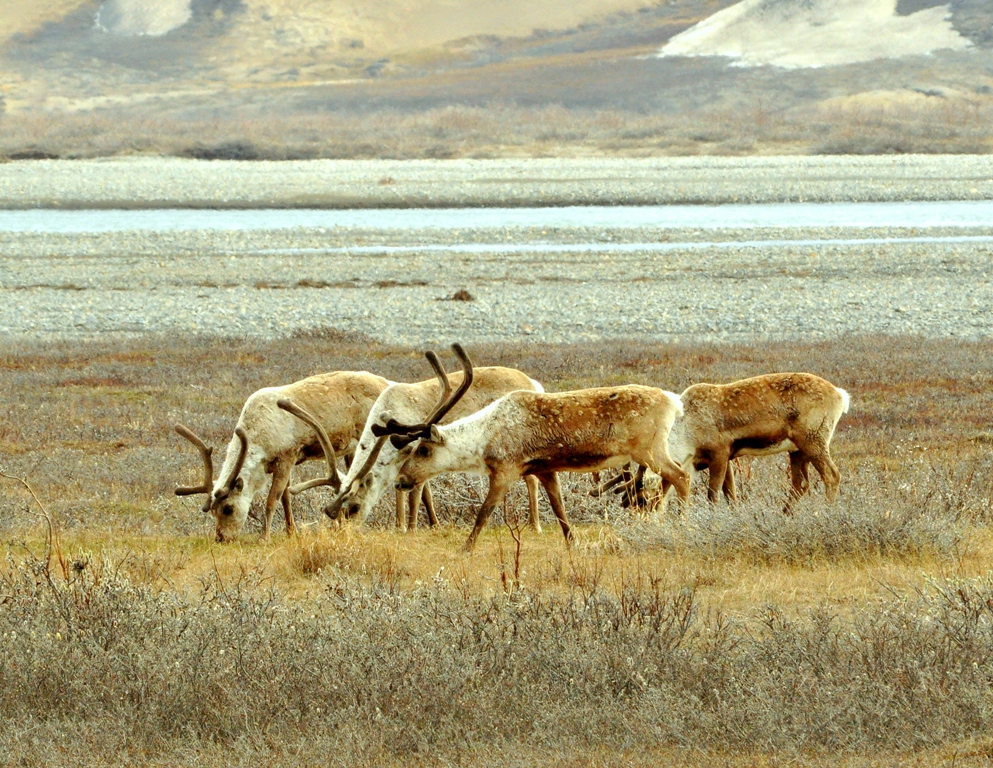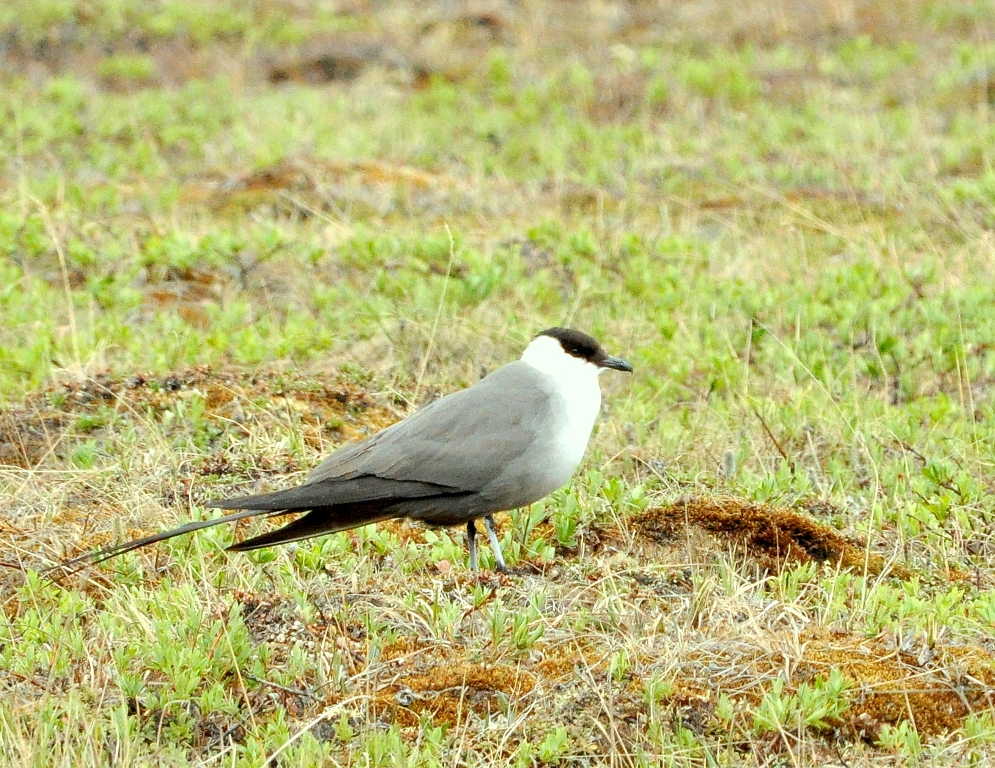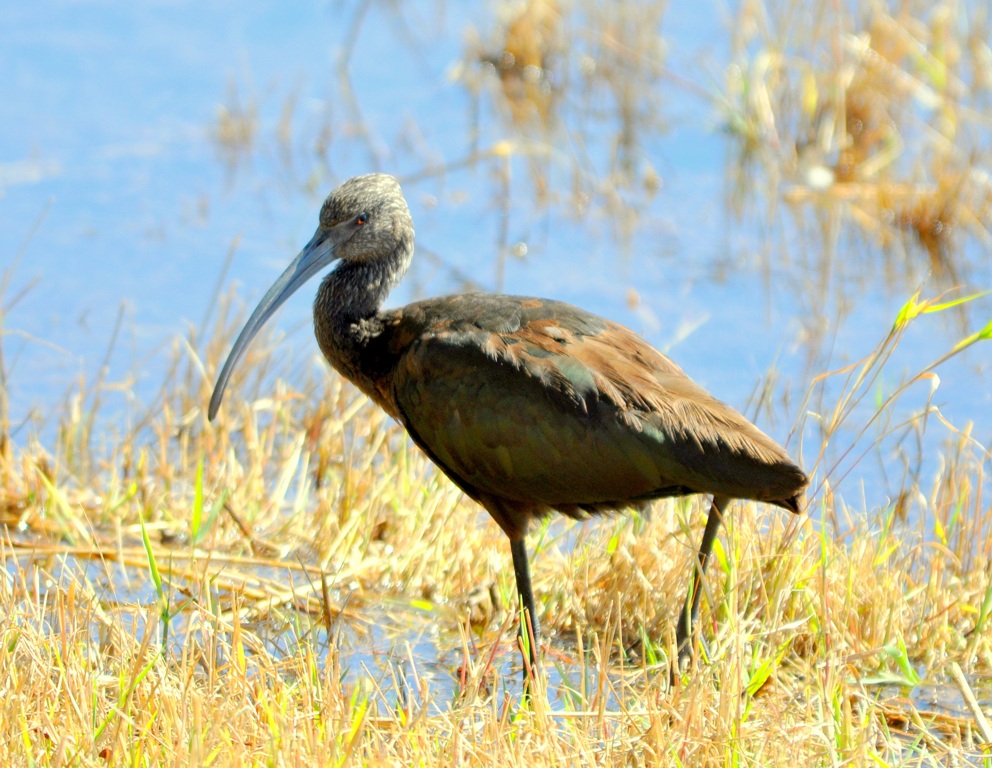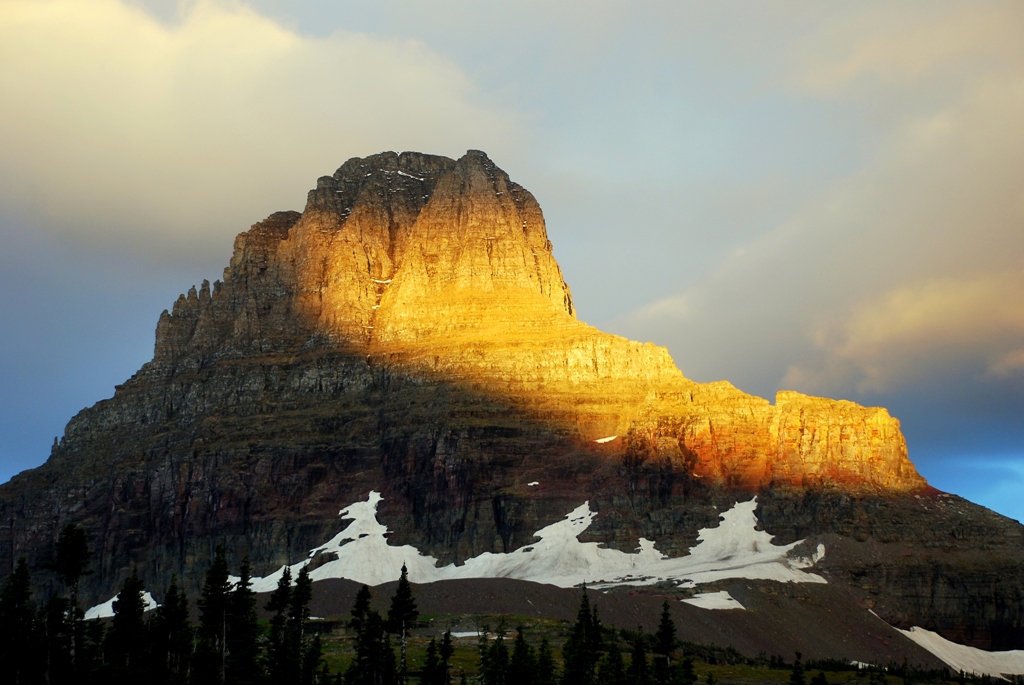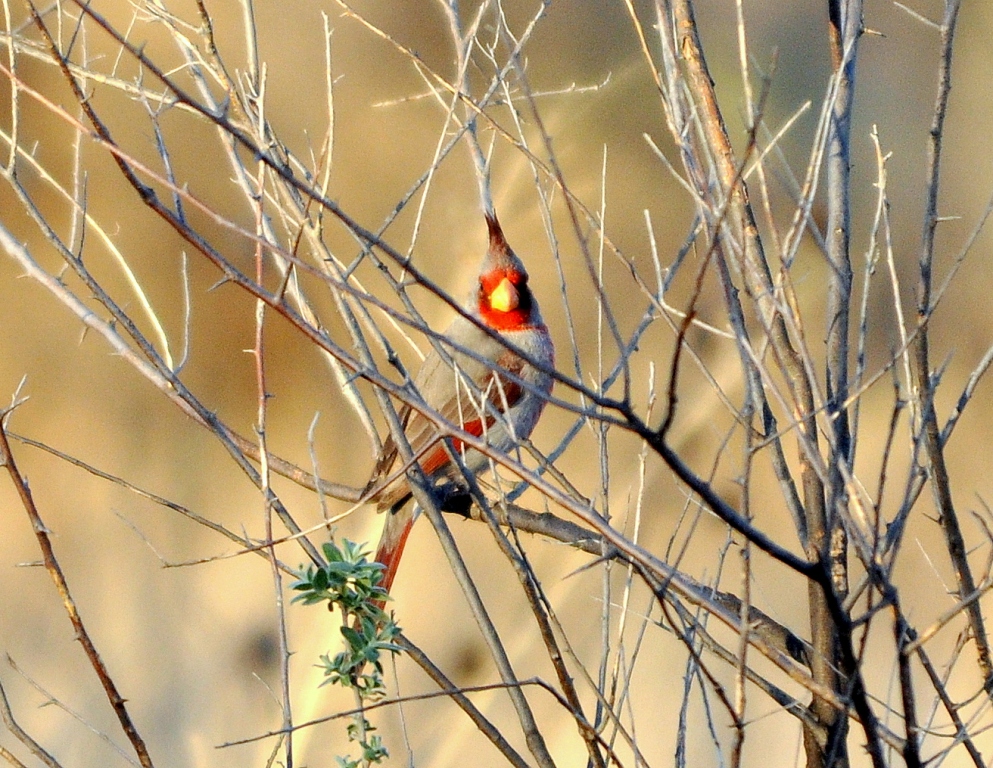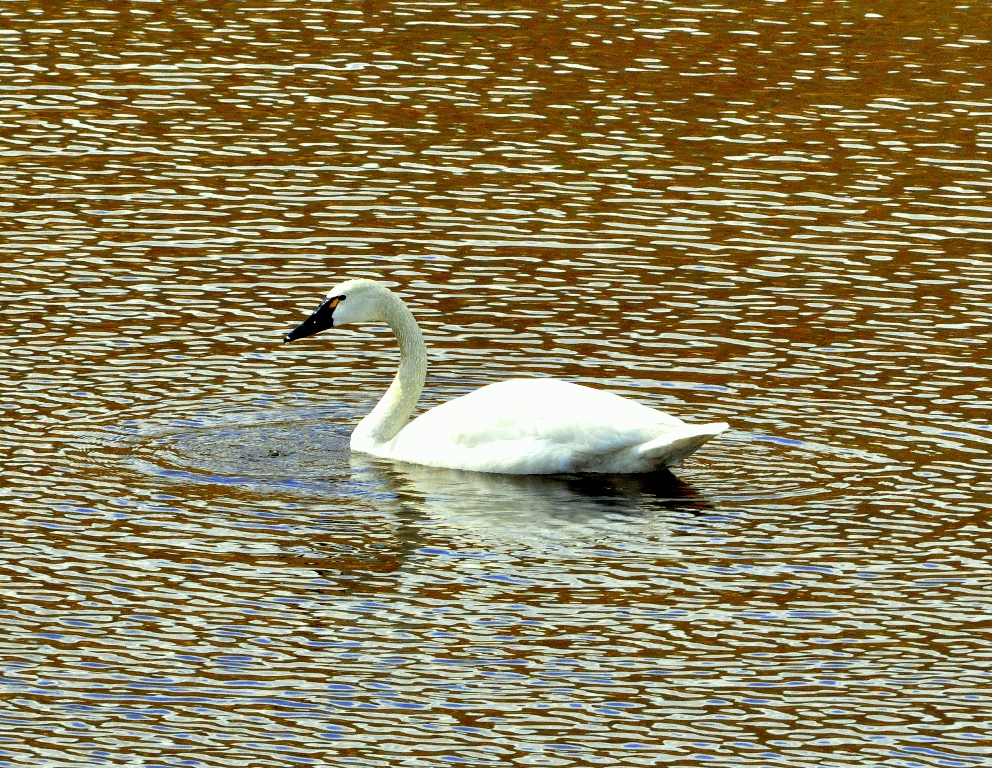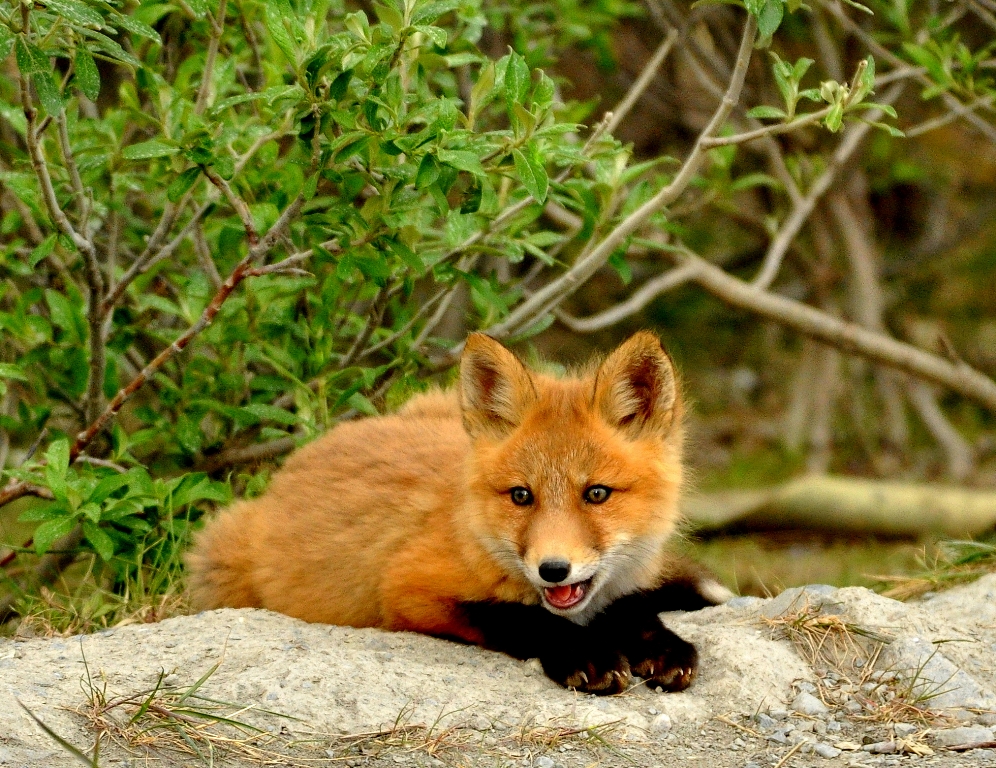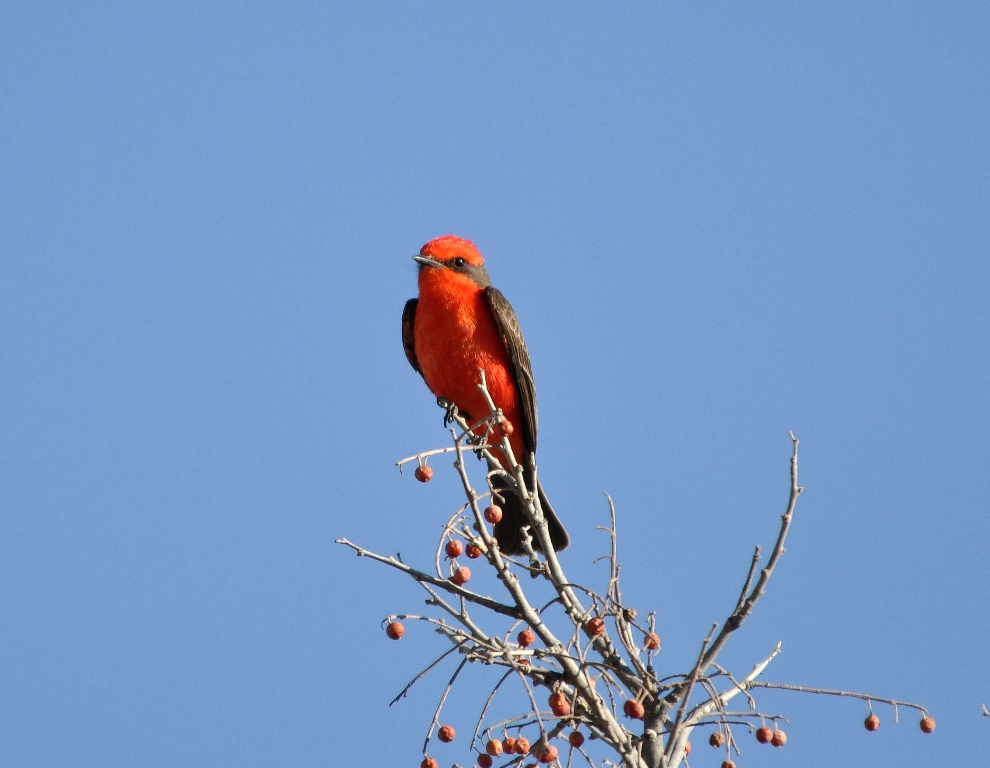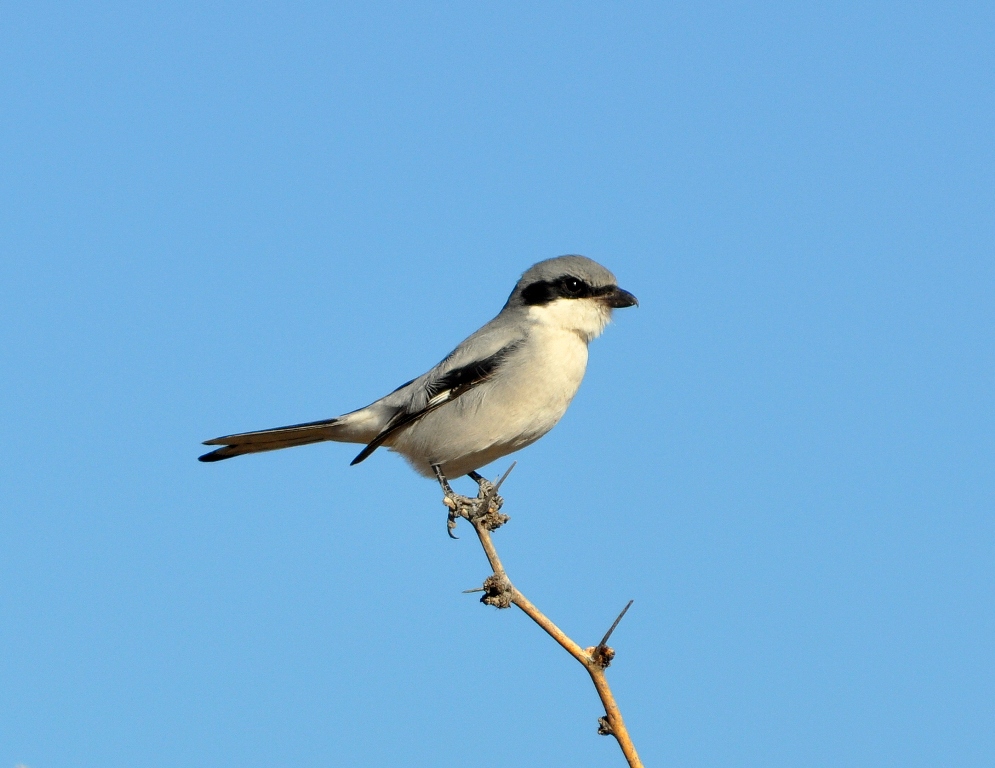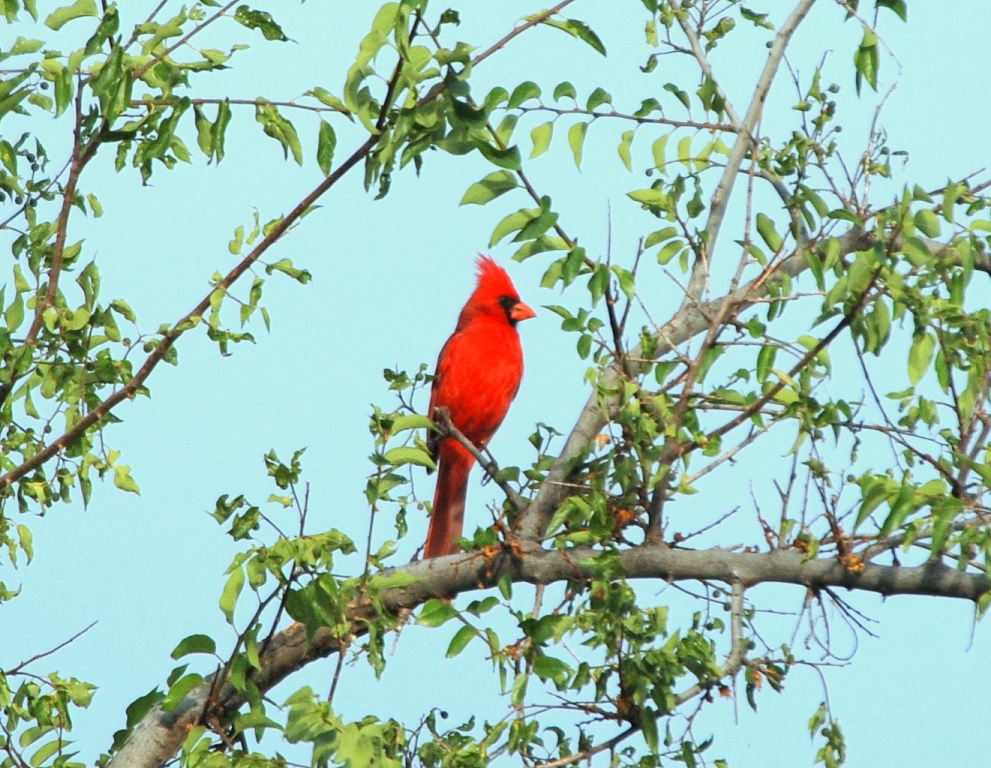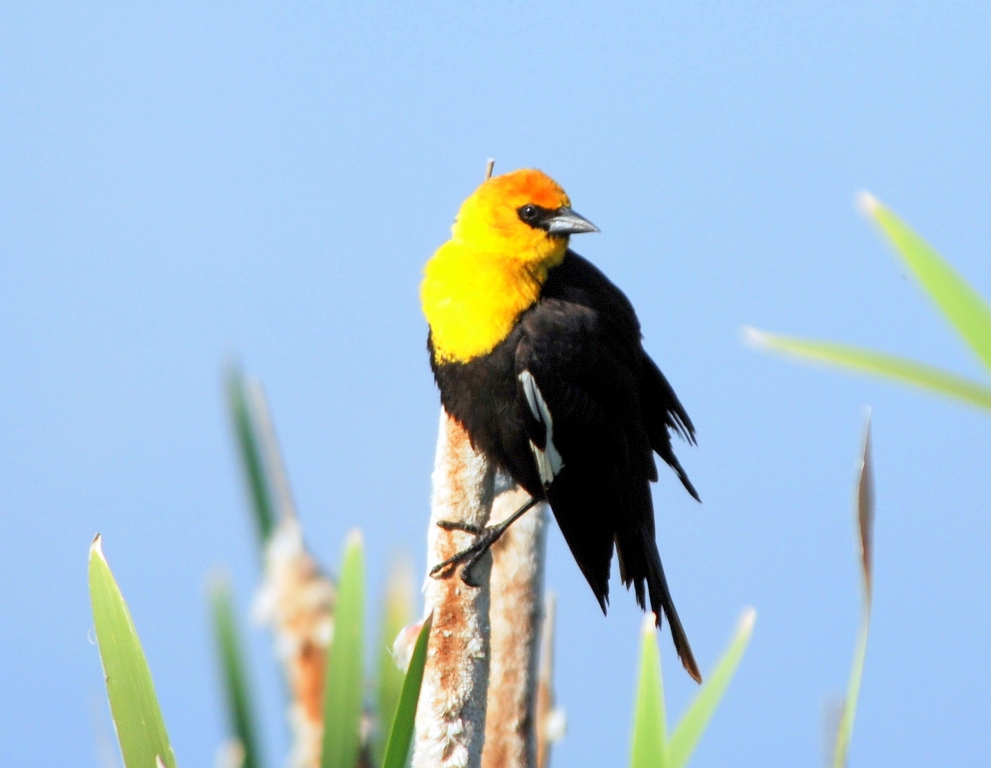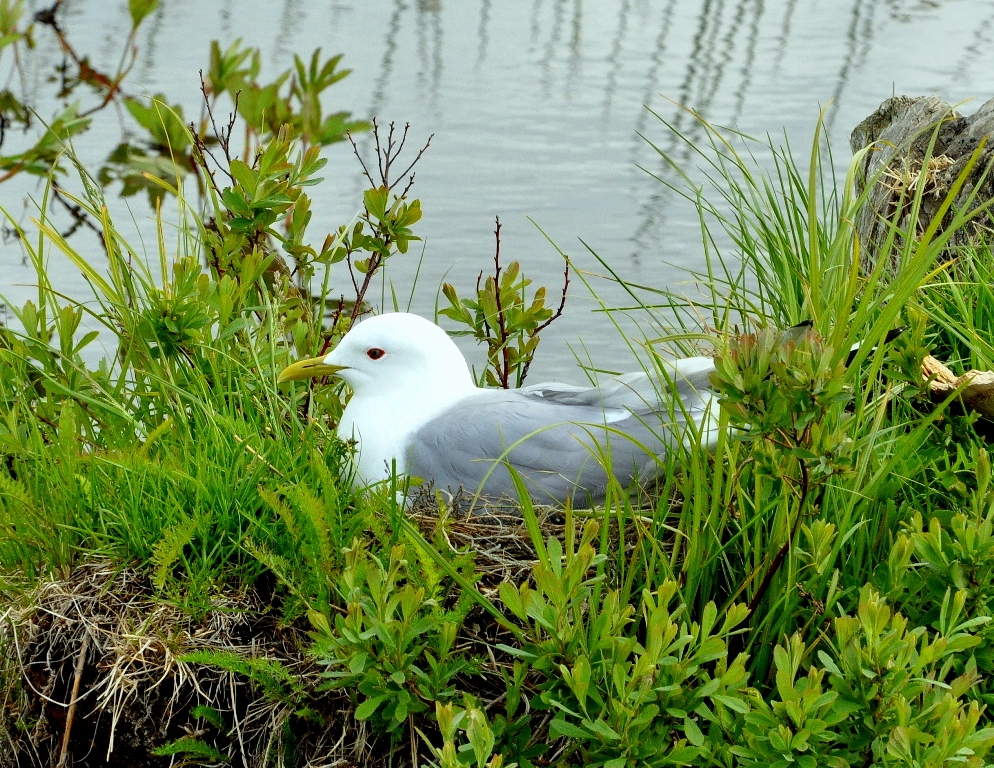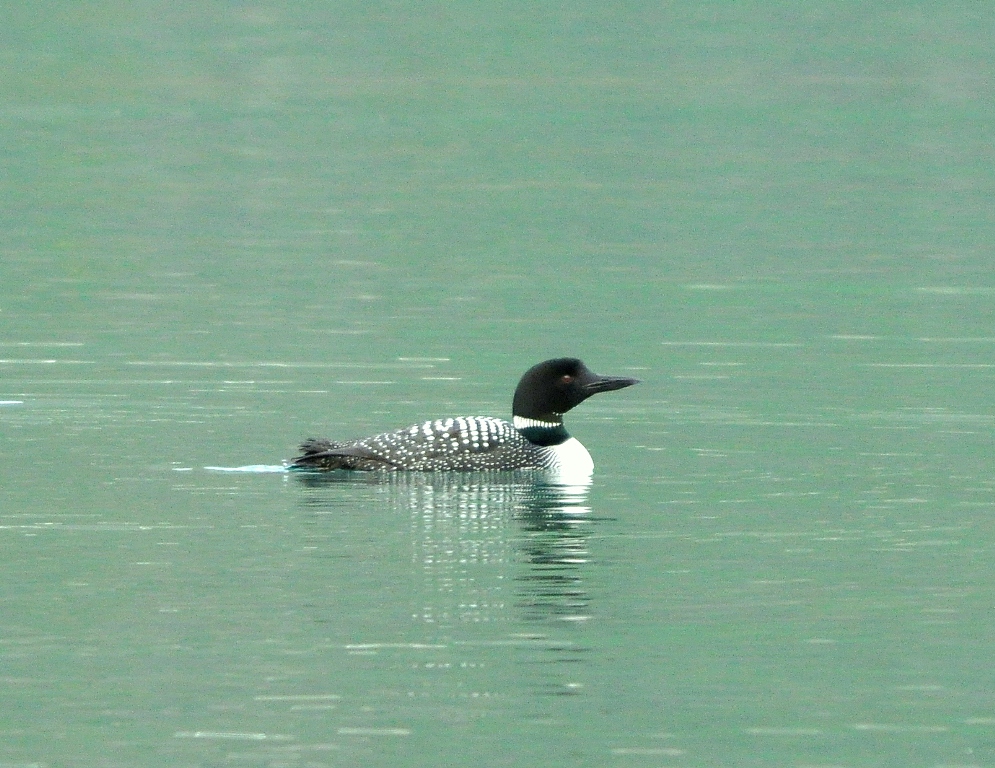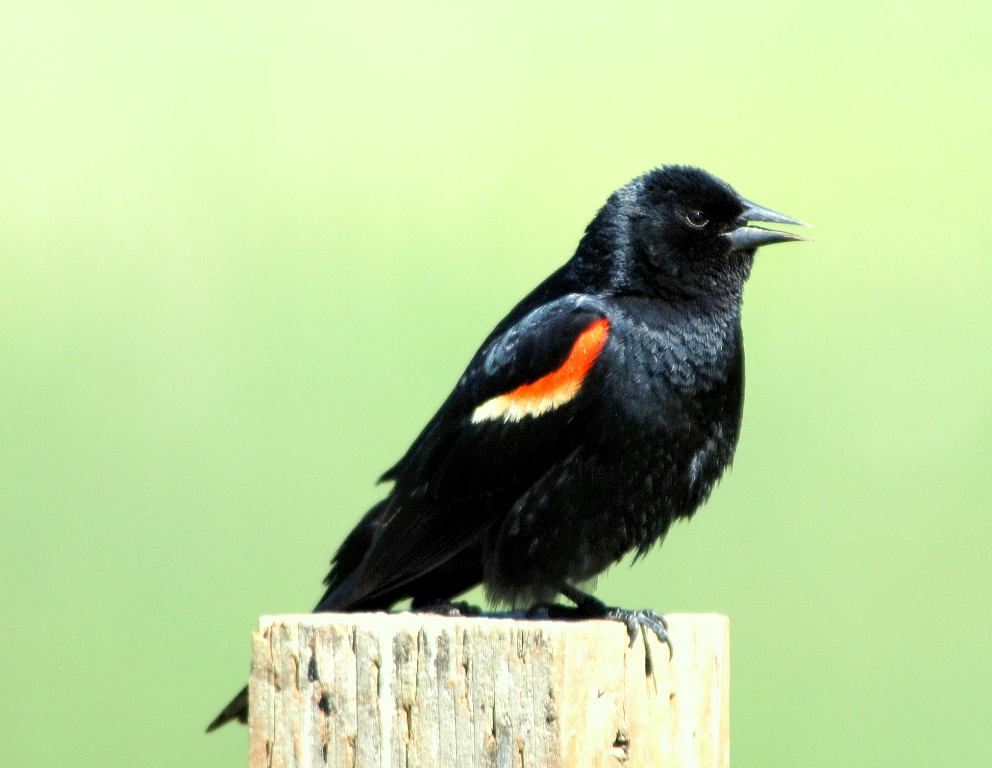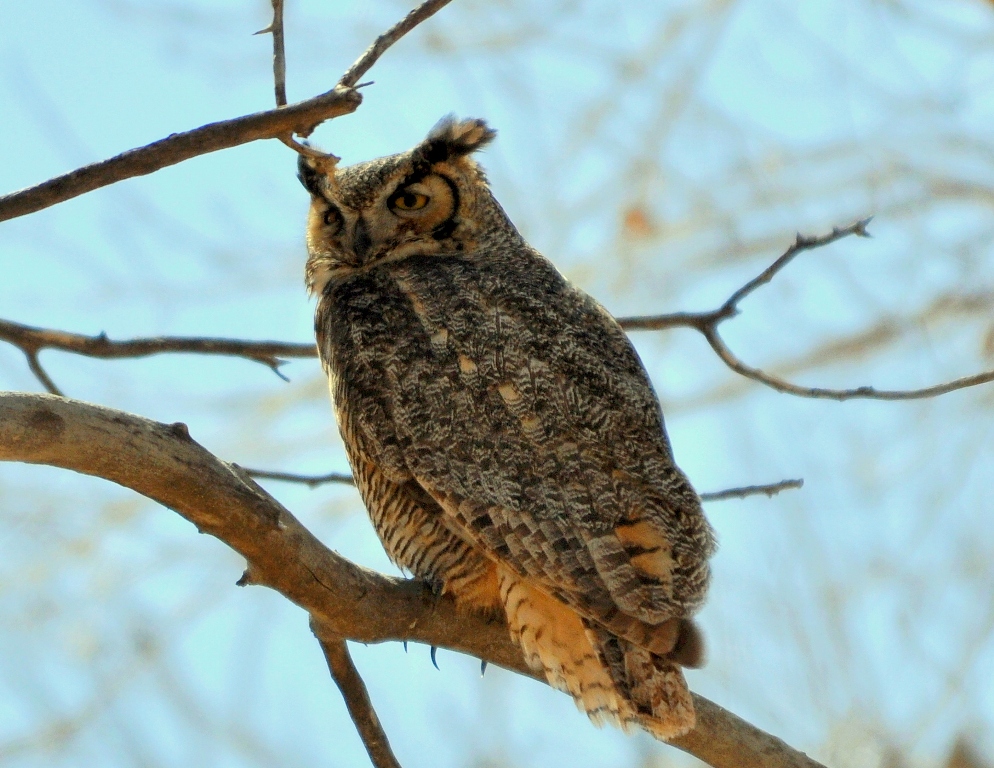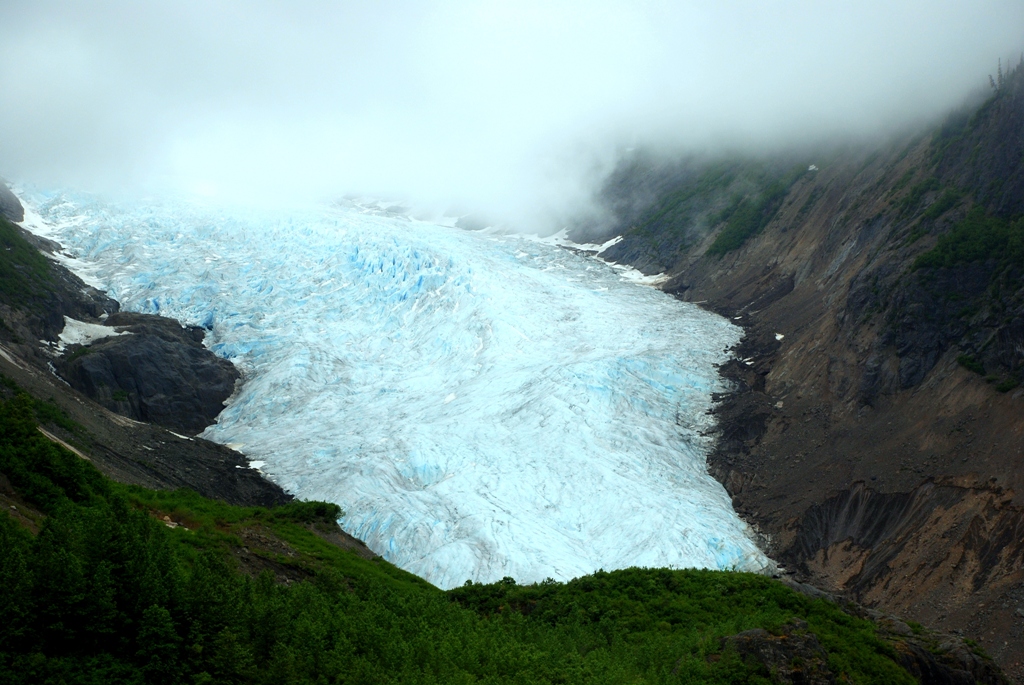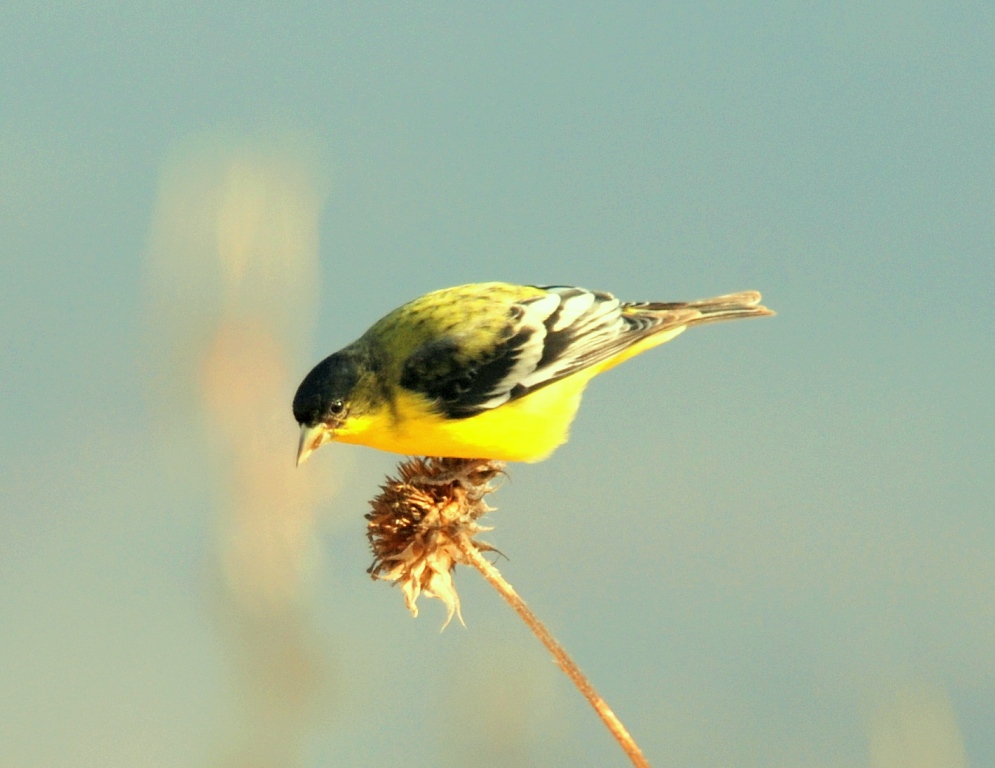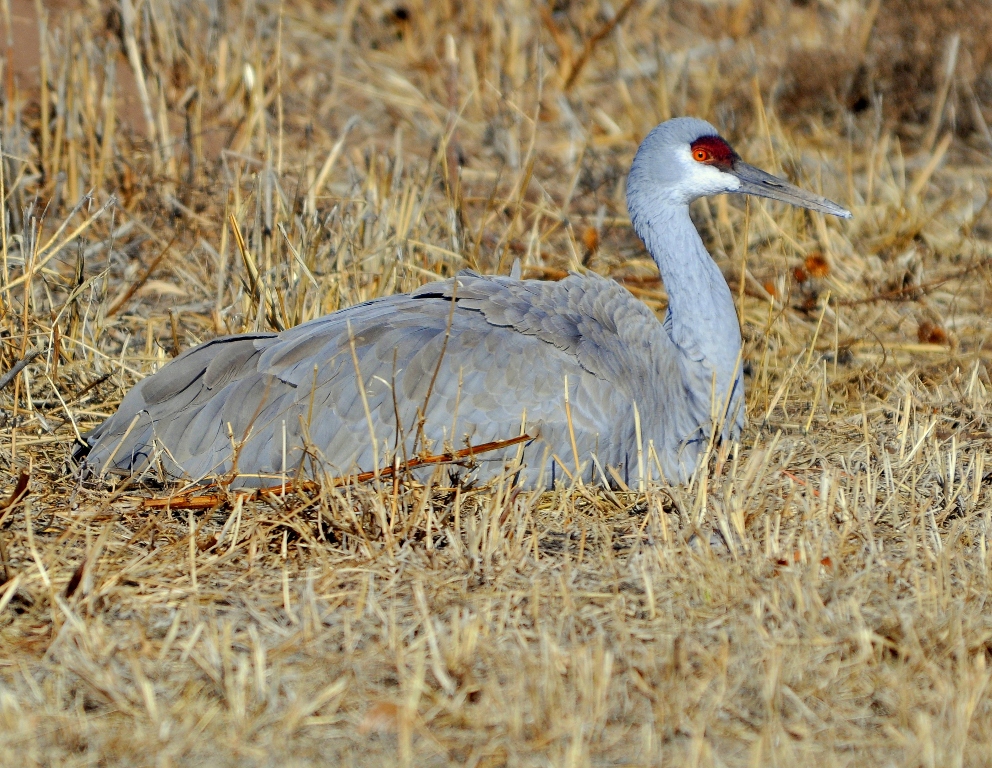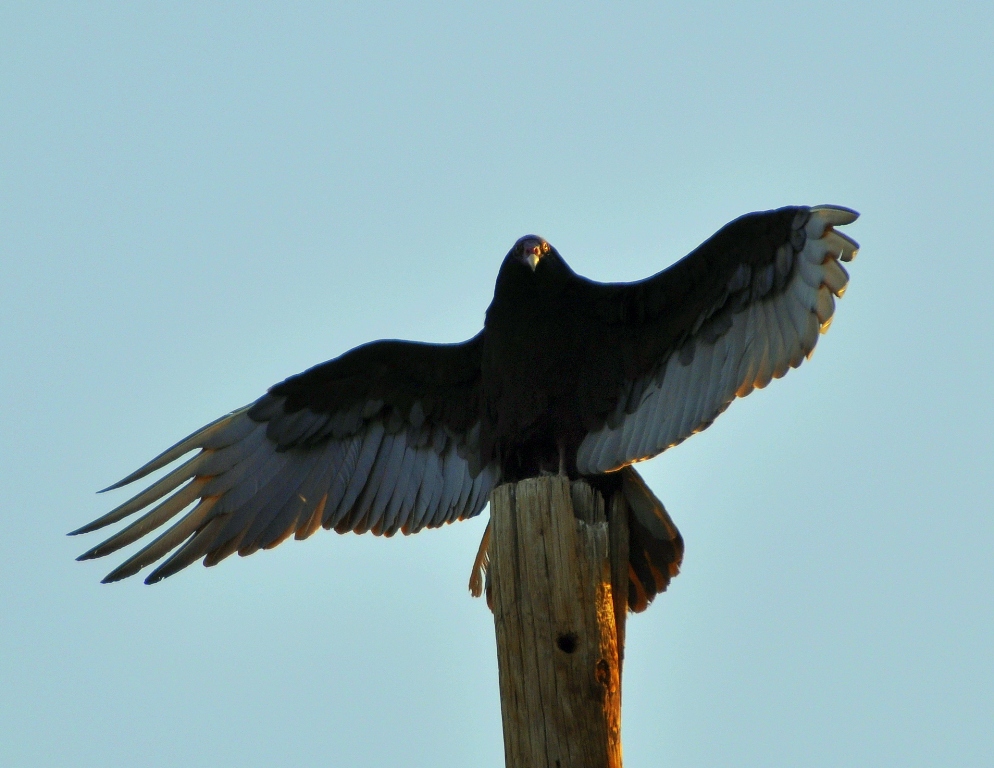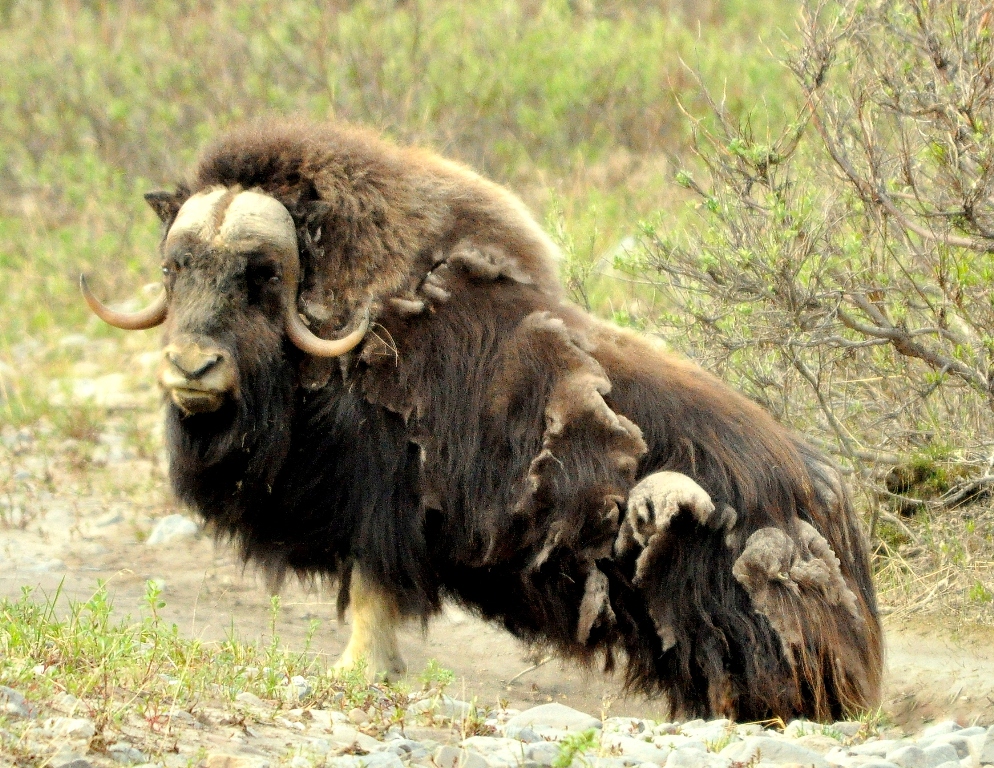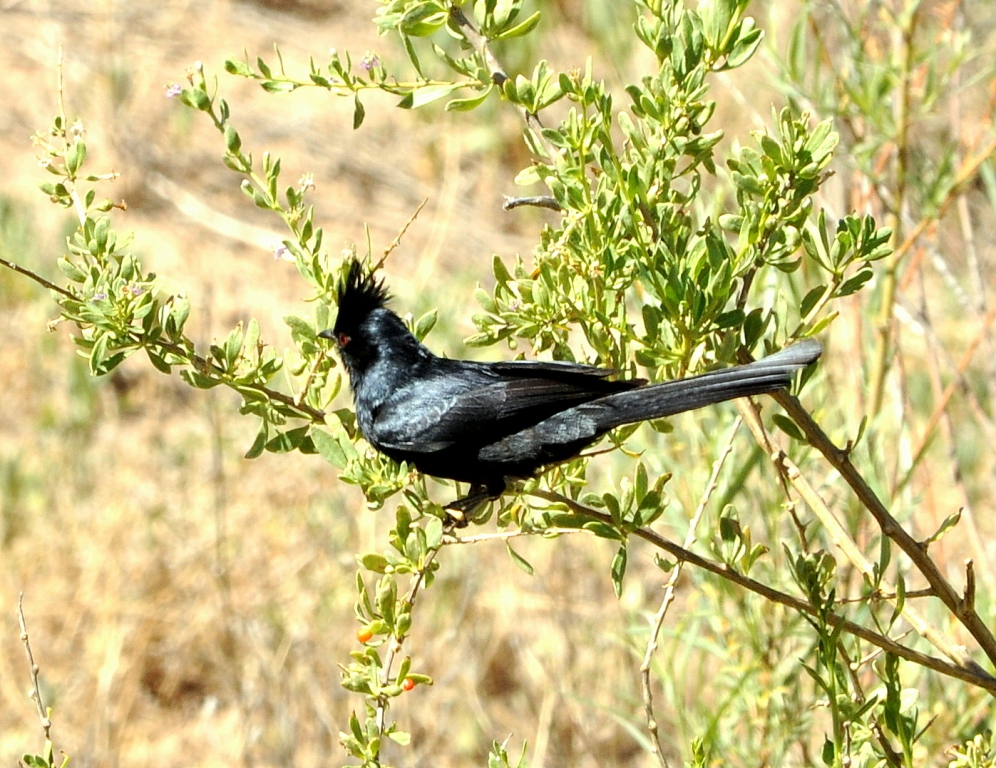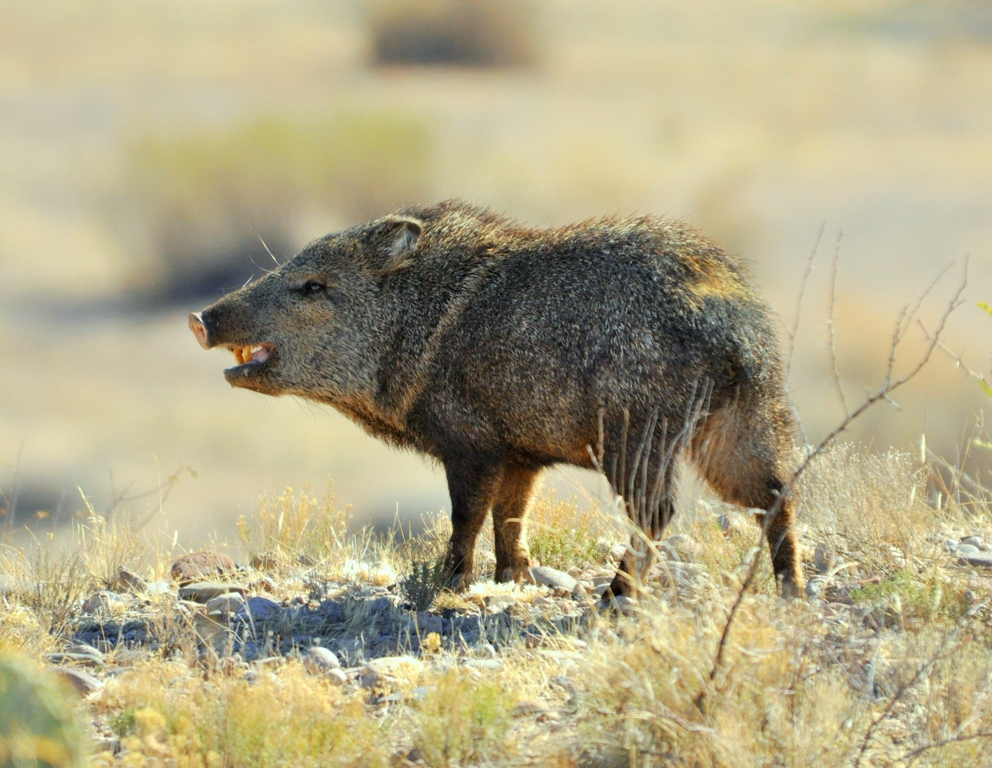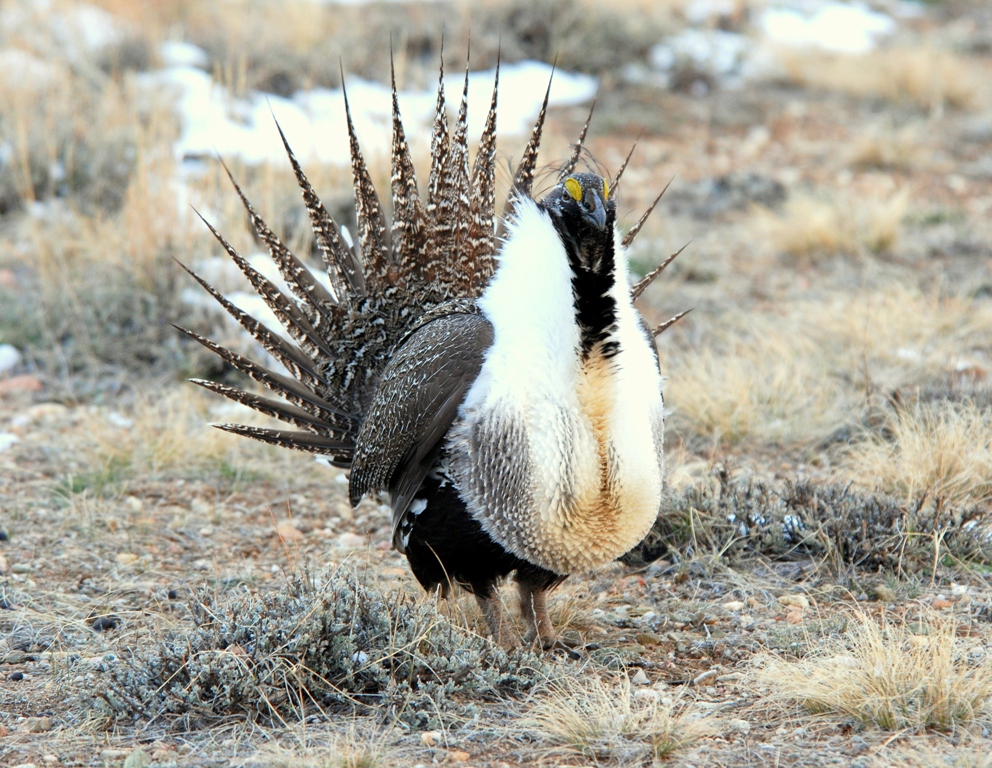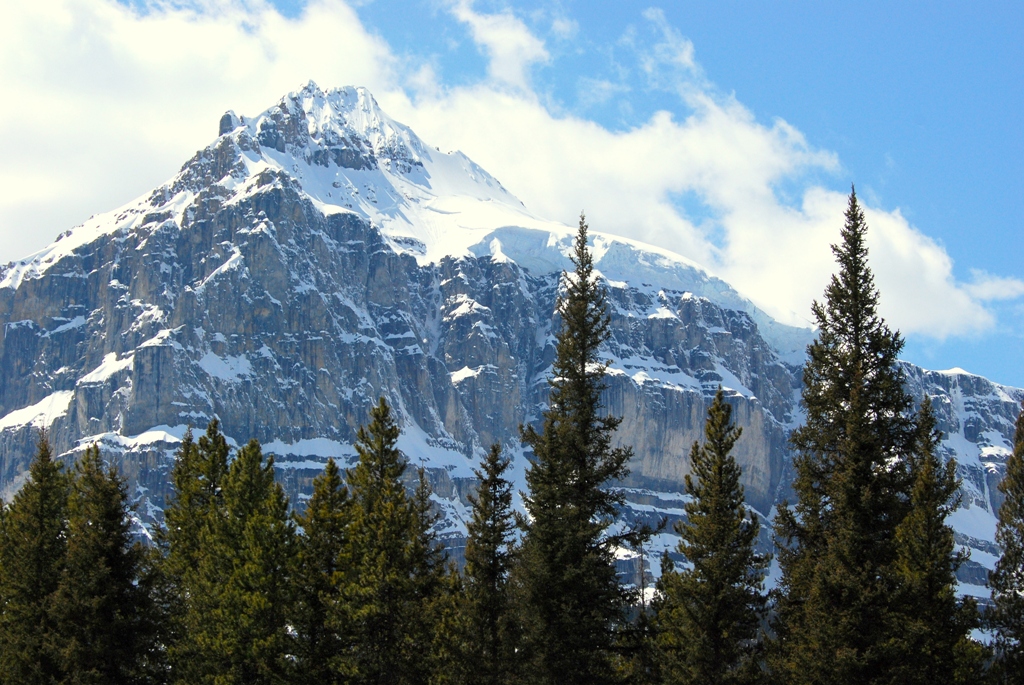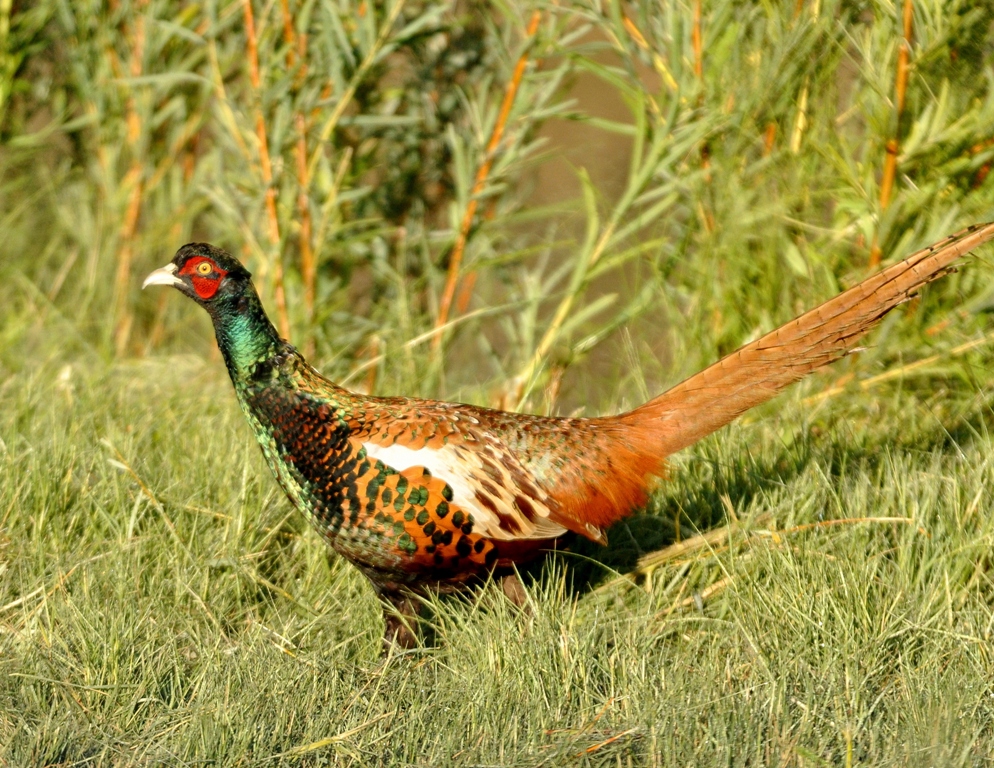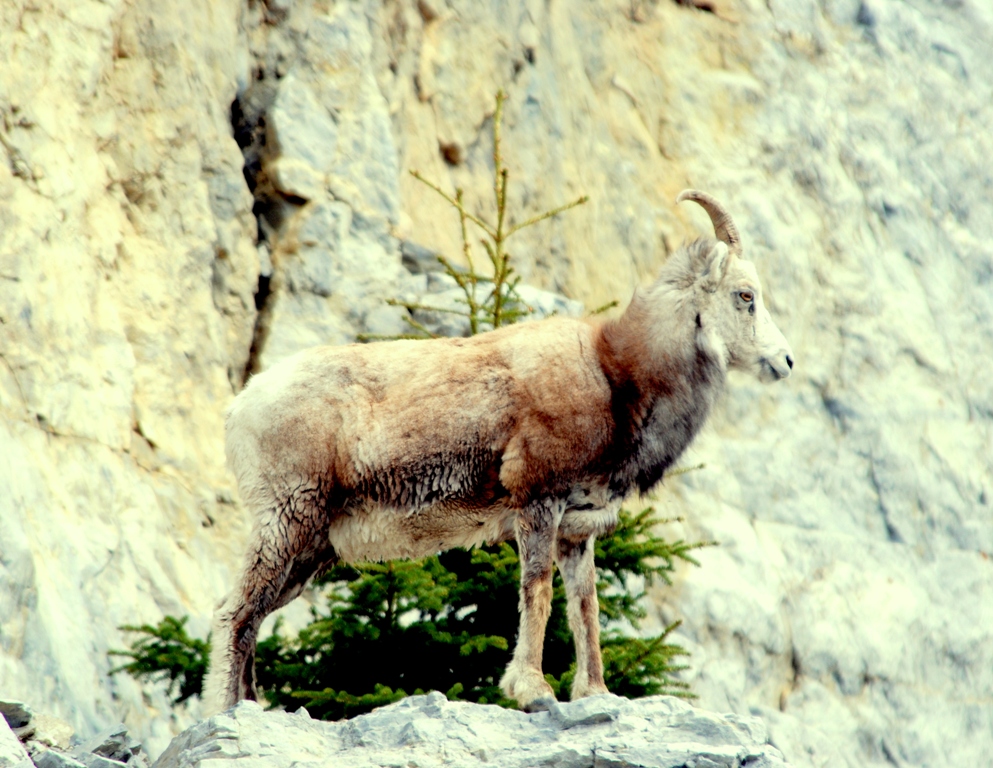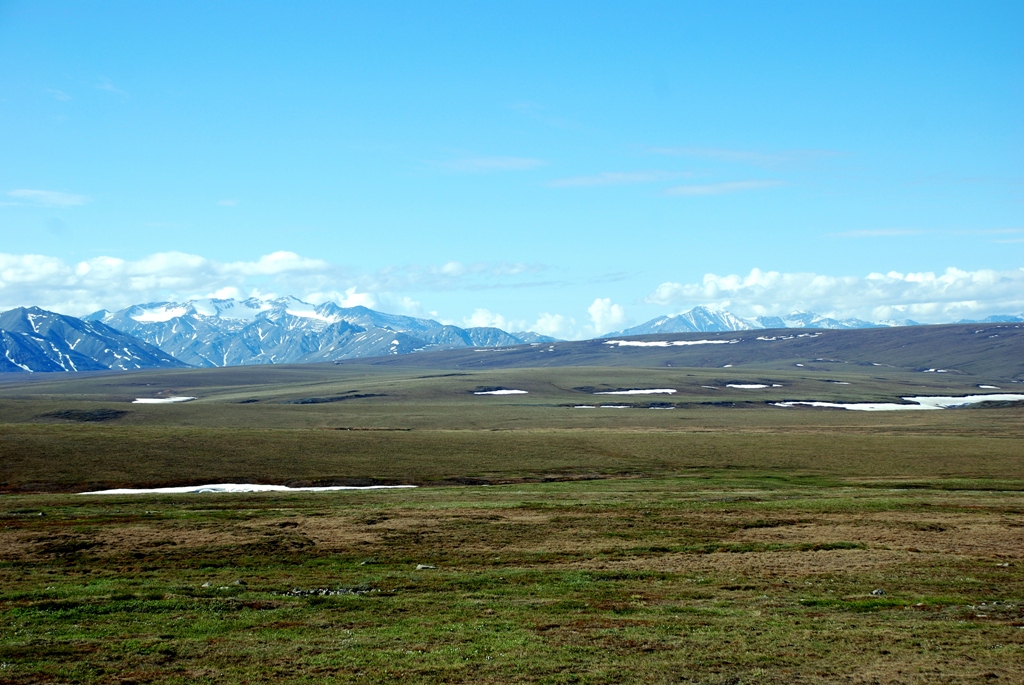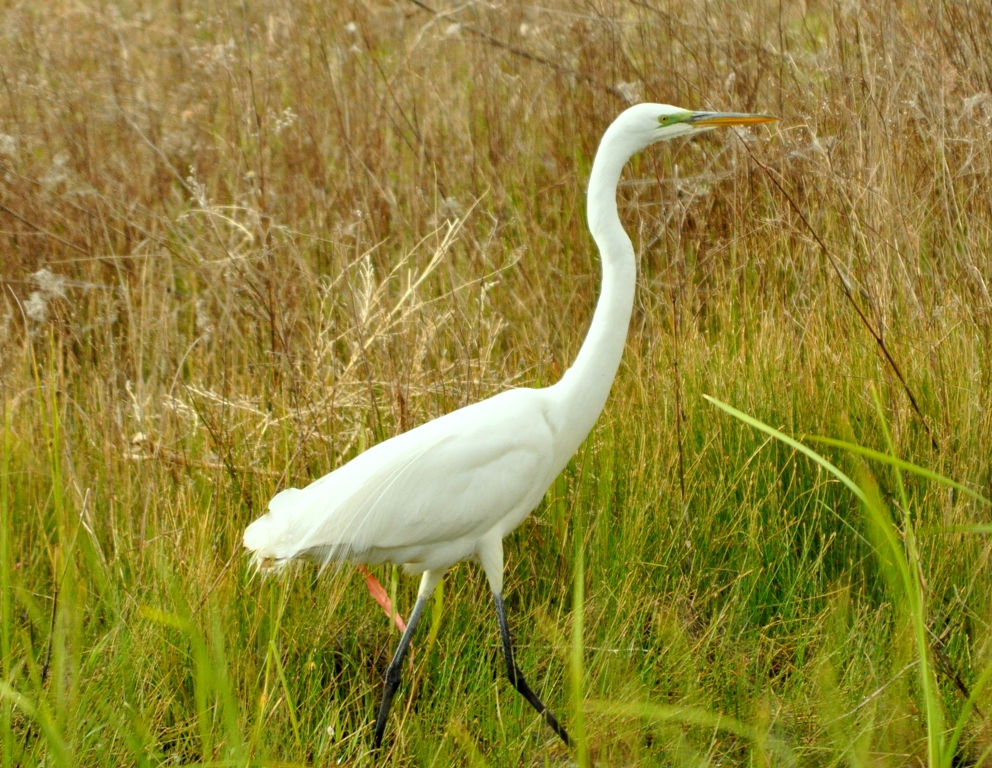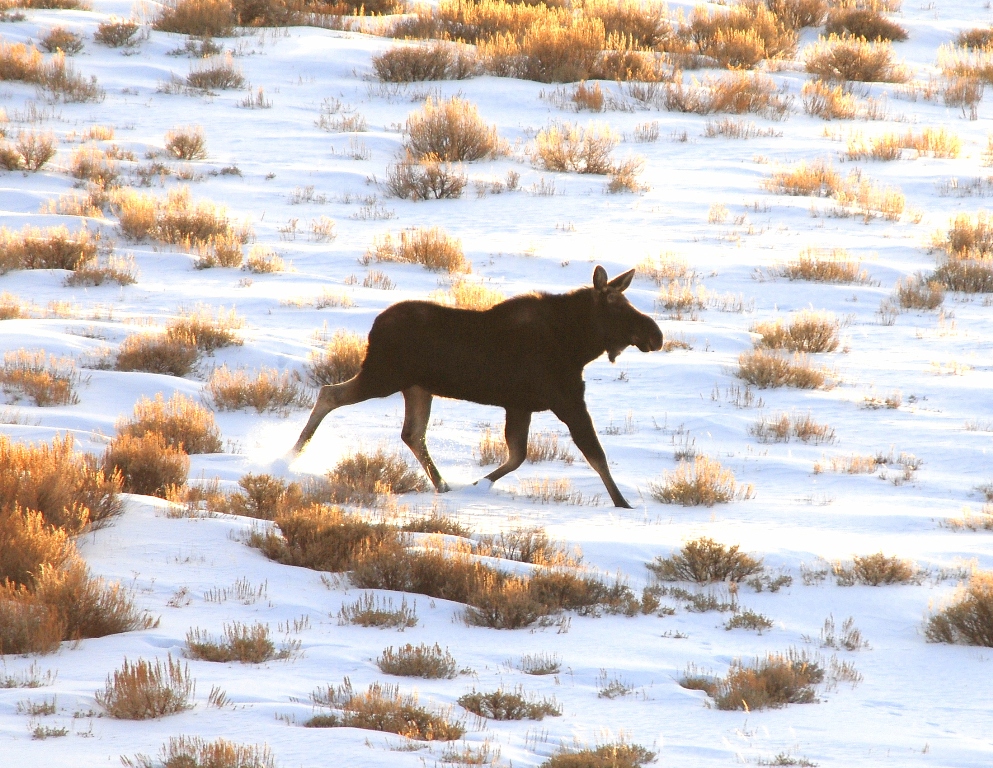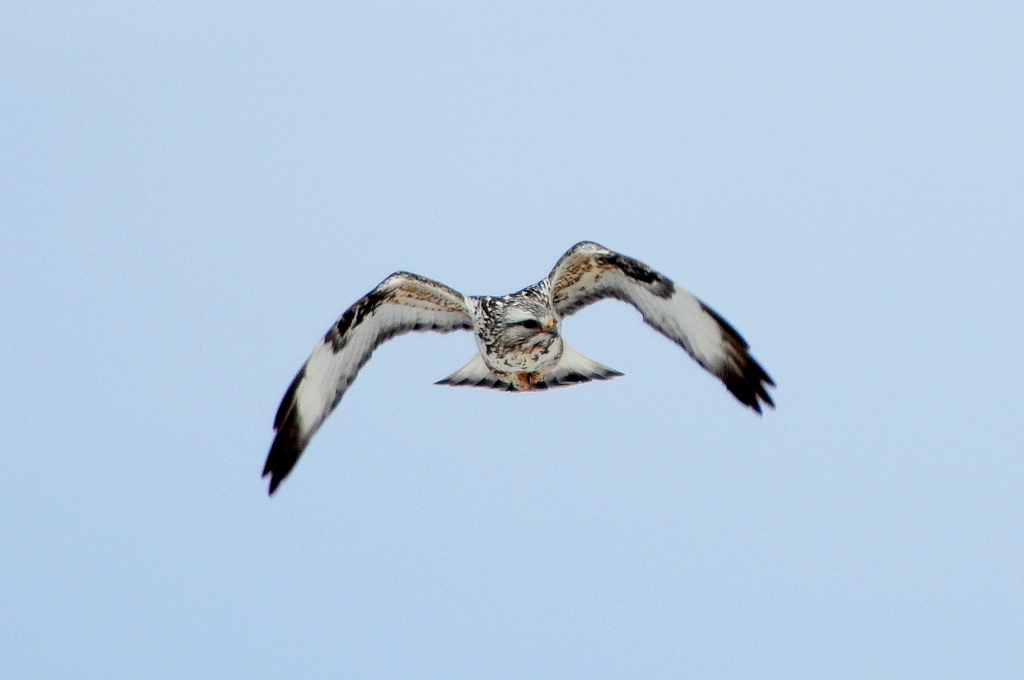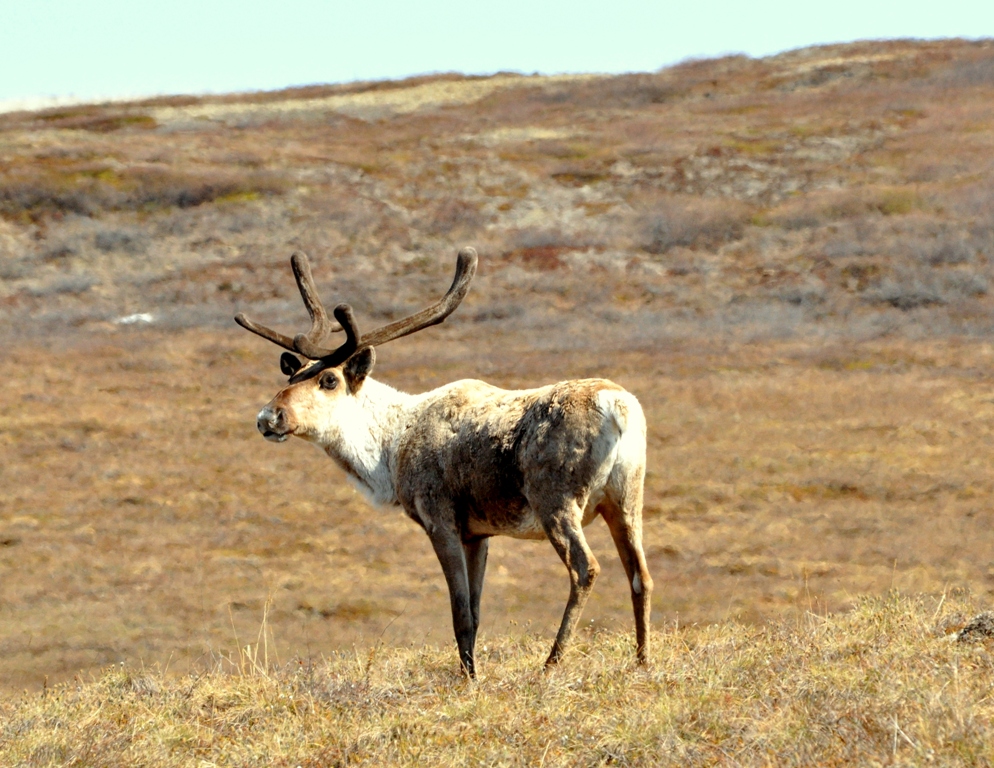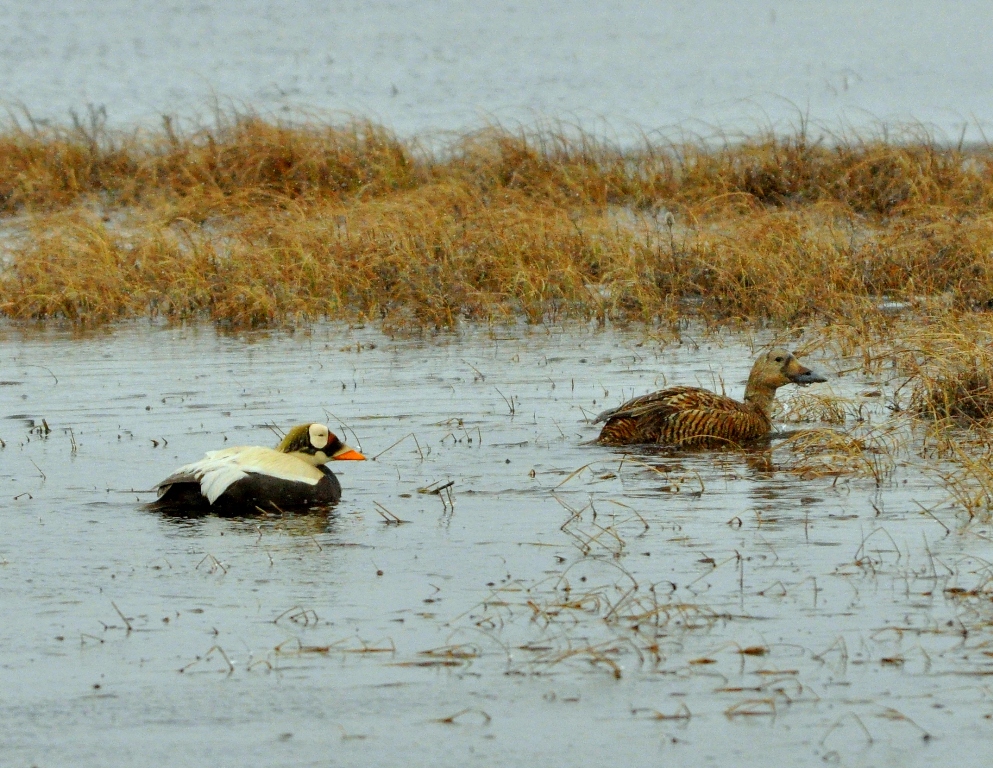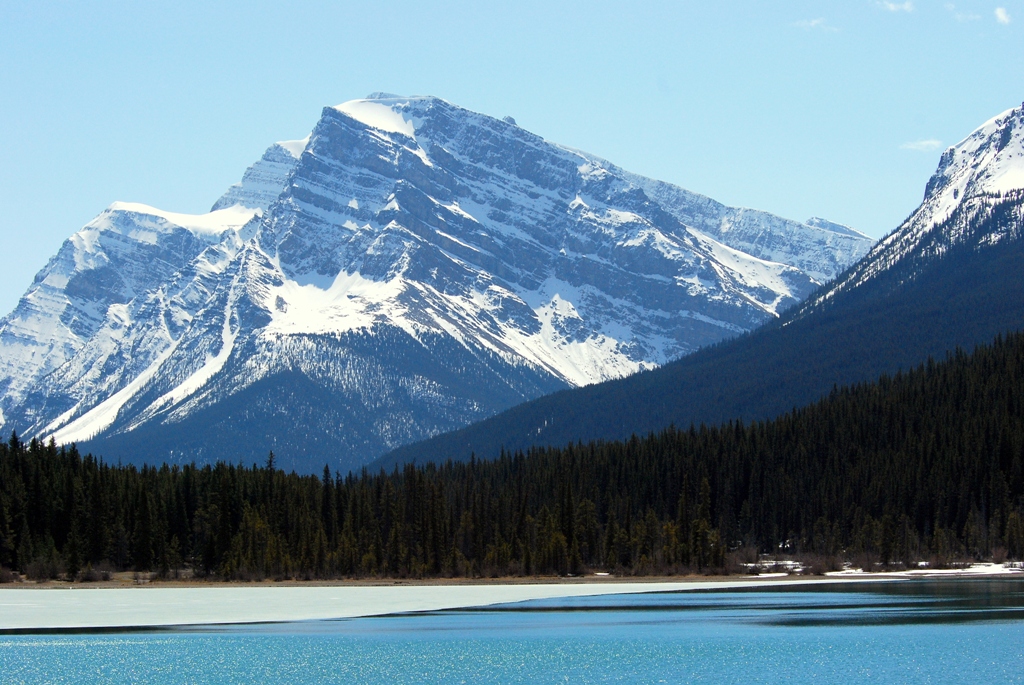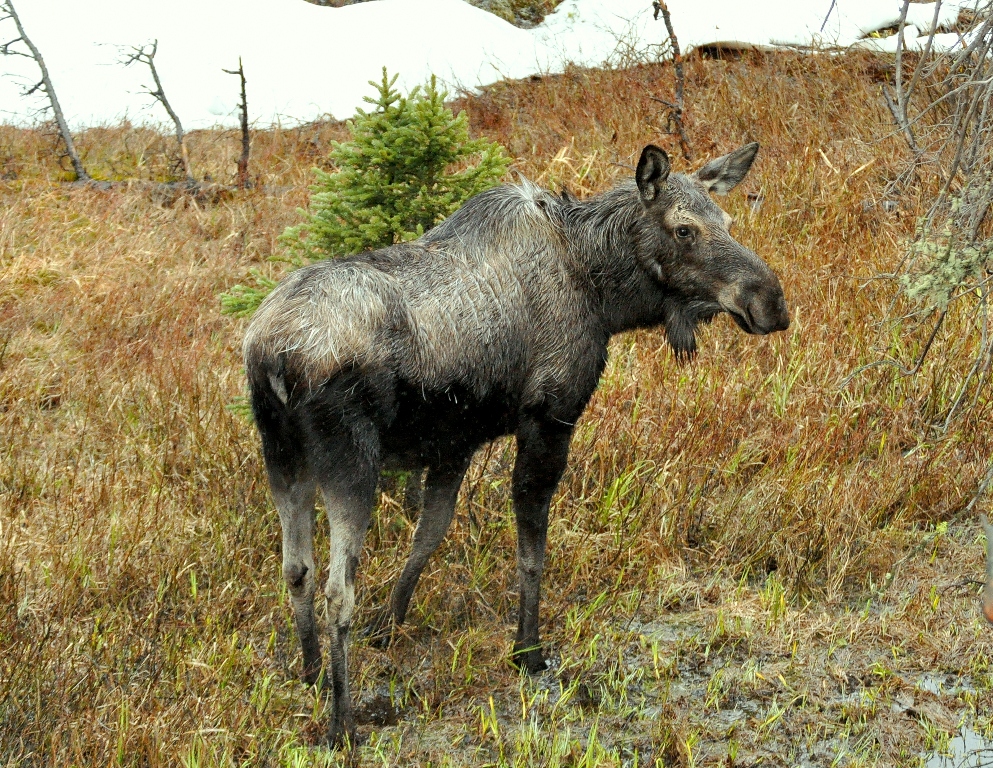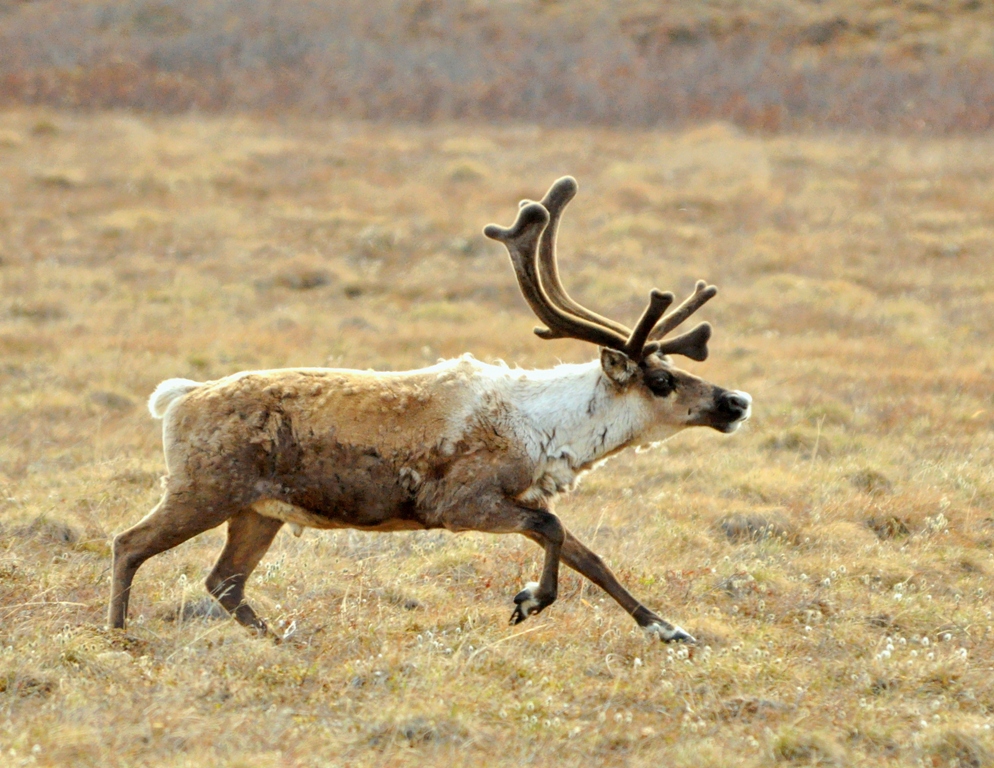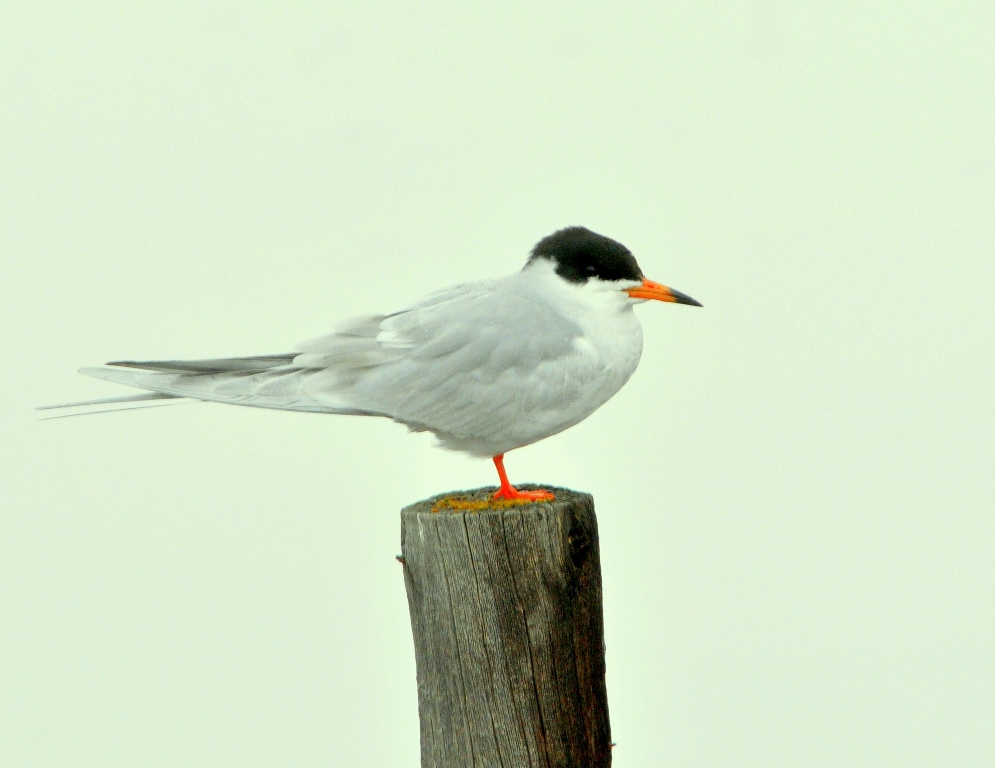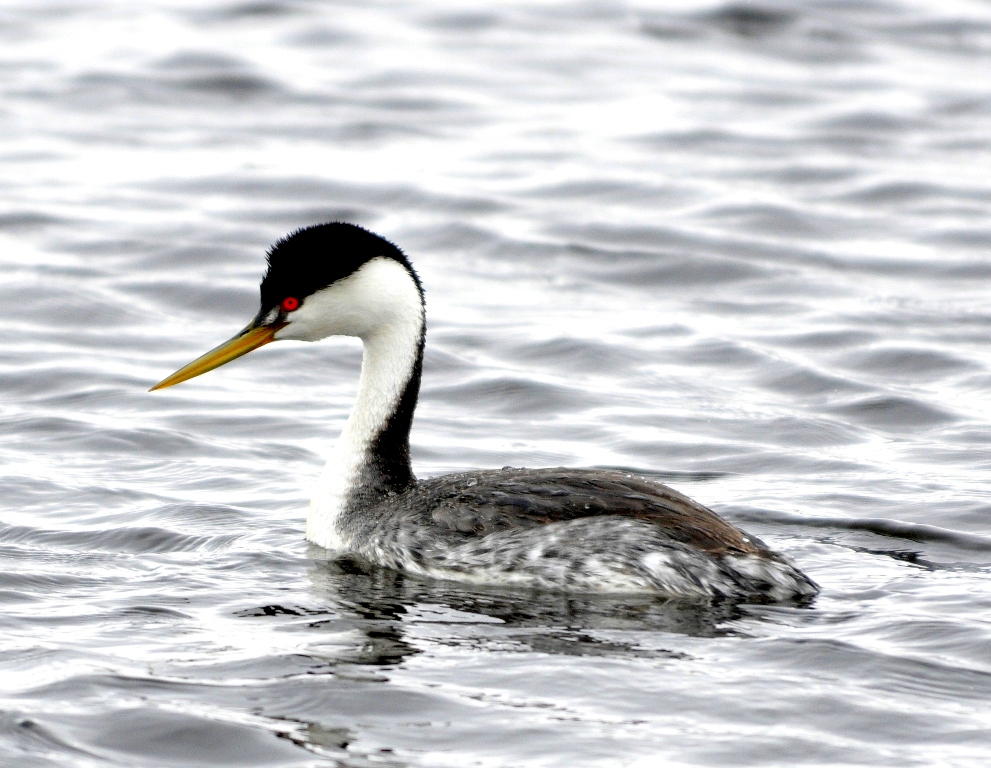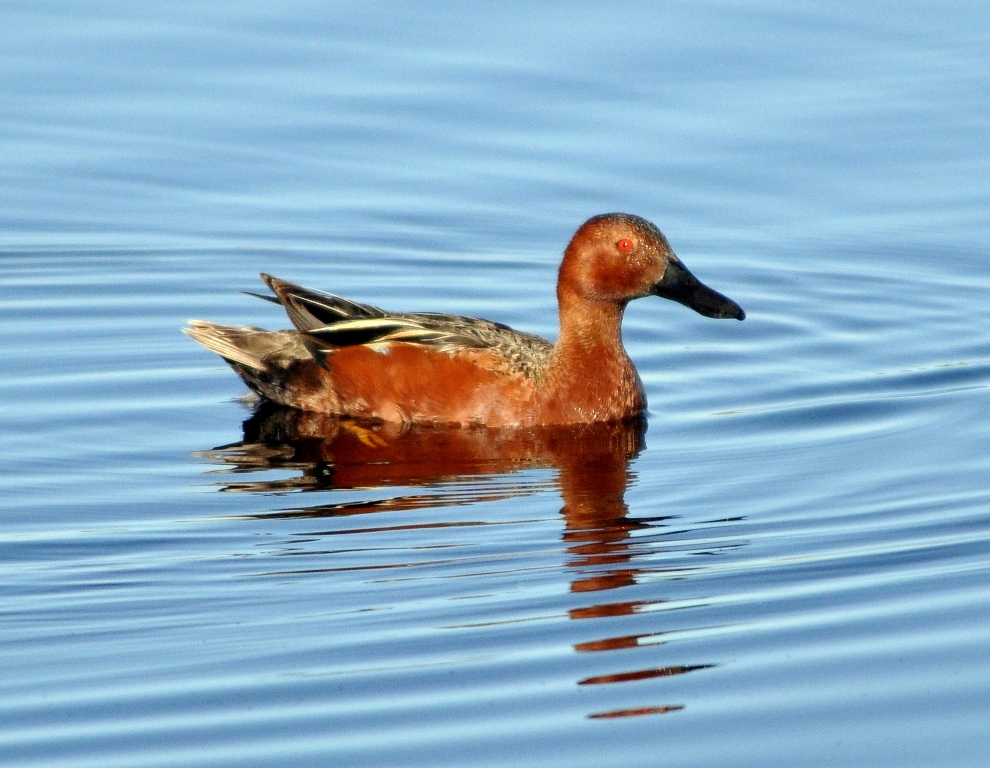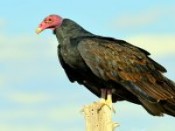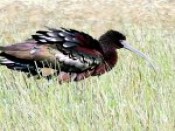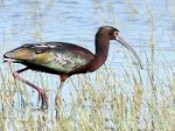Arctic Ground Squirrel | Deadhorse, Alaska | June, 2011
Arctic Ground Squirrels are the champion hibernator of the Arctic. Each winter they spend from 6 to 8 months in their underground burrows, where their heartbeats slow to about 2 per minute, and their core body temperature drops as low as 27 degrees for up to 3 weeks at a time. |MC44-0012
Read MoreCaribou – Bulls | Deadhorse, Alaska | June, 2011
These 4 bulls are Barren-Ground Caribou and belong to the Central Arctic Herd. The spring migration for these bulls will be complete when they reach the coastline of the Arctic Ocean, which is still about 50 miles further north. When they reach the coast they will spread out to feed, the cows will have their calves, and in 2 to 3 months they will start migrating back south for the winter. |MC44-0265
Read MoreLesser Prairie-Chicken – Male | Roswell, New Mexico | April, 2011
This bird is displaying on a lek, or strutting ground, in an attempt to attract a female. |MC35-0037
Read MorePyrrhulaxia – Male | Carlsbad, New Mexico | April, 2011
This close cousin of the Northern Cardinal is only found in New Mexico in the spring and summer along our southern border with Mexico and Texas. |MC35-0147
Read MoreNorthern Cardinal – Male | Lordsburg, New Mexico | June, 2009
Northern Cardinals are quite rare in New Mexico. We have found them only in a very few areas along our southern border where water is present year round. |MC10-0160
Read MoreMew Gull | Anchorage, Alaska | June, 2011
This Mew Gull seems to have choosen a good location for a nest. We have seen these gulls nest on gravel bars beside small streams where they appear to be very vulnerable to predation. |MC45-0325
Read MoreRed-tailed Hawk | Bosque del Apache | September, 2009
This is a dark morph Red-tailed Hawk which seem to be fairly common at Bosque. | MC14-0031
Read MoreTurkey Vulture | Lordsburg, New Mexico | May, 2010
Turkey Vultures seem to love to turn their backs to the early morning sun and spread their wings, I assume to help them warm up after a chilly night. These birds find their food using a strongly developed sense of smell. At the end of summer they will migrate as far south as South America. |MC23-0177
Read MoreMusk Ox | Atigun Pass, Alaska | June, 2011
Musk Ox have a double coat of hair,a long outer layer that hangs to the ground in winter, and a under layer called qivuit which is the warmest and lighest wool in the world. Prices for qivuit yarn range between $40 to $80 dollars per ounce. This animal has started sheading it’s outer coat. |MC42-0216
Read MorePhainopepla – Male | Bosque del Apache | June, 2010
These birds are mostly found along our southern border. Bosque is as far north as we have ever seen them. |MC23-0281
Read MoreJavelina | Lordsburg, New Mexico | January, 2010
Even though Javelines may appear to be closely related to pigs, they are in fact a quite different animal and are in a different family.Pigs and Javelinas actually parted ways about 30 million years ago. These animals, which are more correctly called Collared Peccarys, have very poor eye sight, but a very good sense of smell.Due to their poor eyesight they may appear to be charging when ,in fact, they are simply trying to escape. | MC17-0125
Read MoreGreater Sage Grouse – Male | Walden, Colorado | April, 2009
This bird is displaying on a lek, or strutting ground, to attract a female. |MC3-0437
Read MoreCaribou – Bull | Deadhorse, Alaska | June, 2011
This is a Barren-ground Caribou bull from the Central Arctic Herd. |MC44-0059
Read MoreSpectacled Eiders – Male and Female | Deadhorse, Alaska | June, 2011
These large sea ducks spend the majority of their lives far offshore, coming to wet coastal tundra areas to nest in the spring. As soon as the female finishes laying eggs, the male will leave for offshore molting areas. In early fall the female and young birds will join with large flocks that will move far offshore to spend the winter in openings in the nearly continuous sea ice. |MC44-0239
Read MoreMusk Ox – Cow | Deadhorse, Alaska | June, 2011
This Musk Ox cow had a very young calf with her that is out of the picture to the right. |MC44-0201
Read MoreMusk Ox – Calf | Deadhorse, Alaska | June, 2011
This calf is only four or five weeks old. It’s mother is laying out of the picture to the left. |MC44-0208
Read MoreBrown Bear – Cub | Haines, Alaska | June, 2011
This is 1 of 3 Brown Bear cubs we watched for quite a long time along the coast near Haines, Alaska. |MC46-0305
Read MoreCaribou – Bull | Deadhorse, Alaska | June, 2011
This bull is a Barren-ground Caribou and belongs to the Central Arctic Herd. |MC45-0011
Read More


